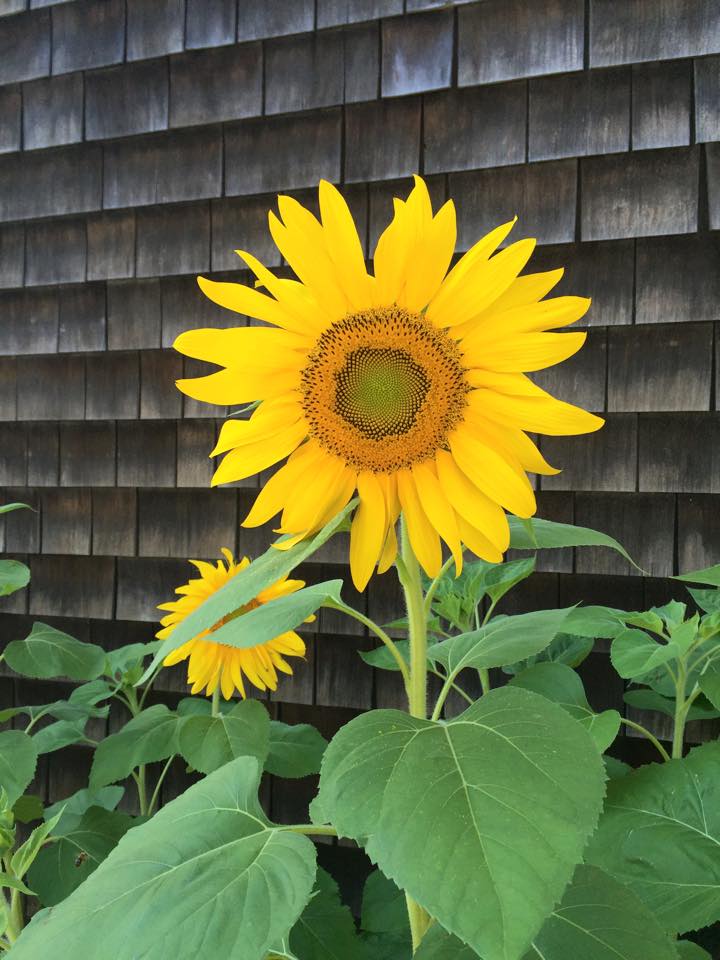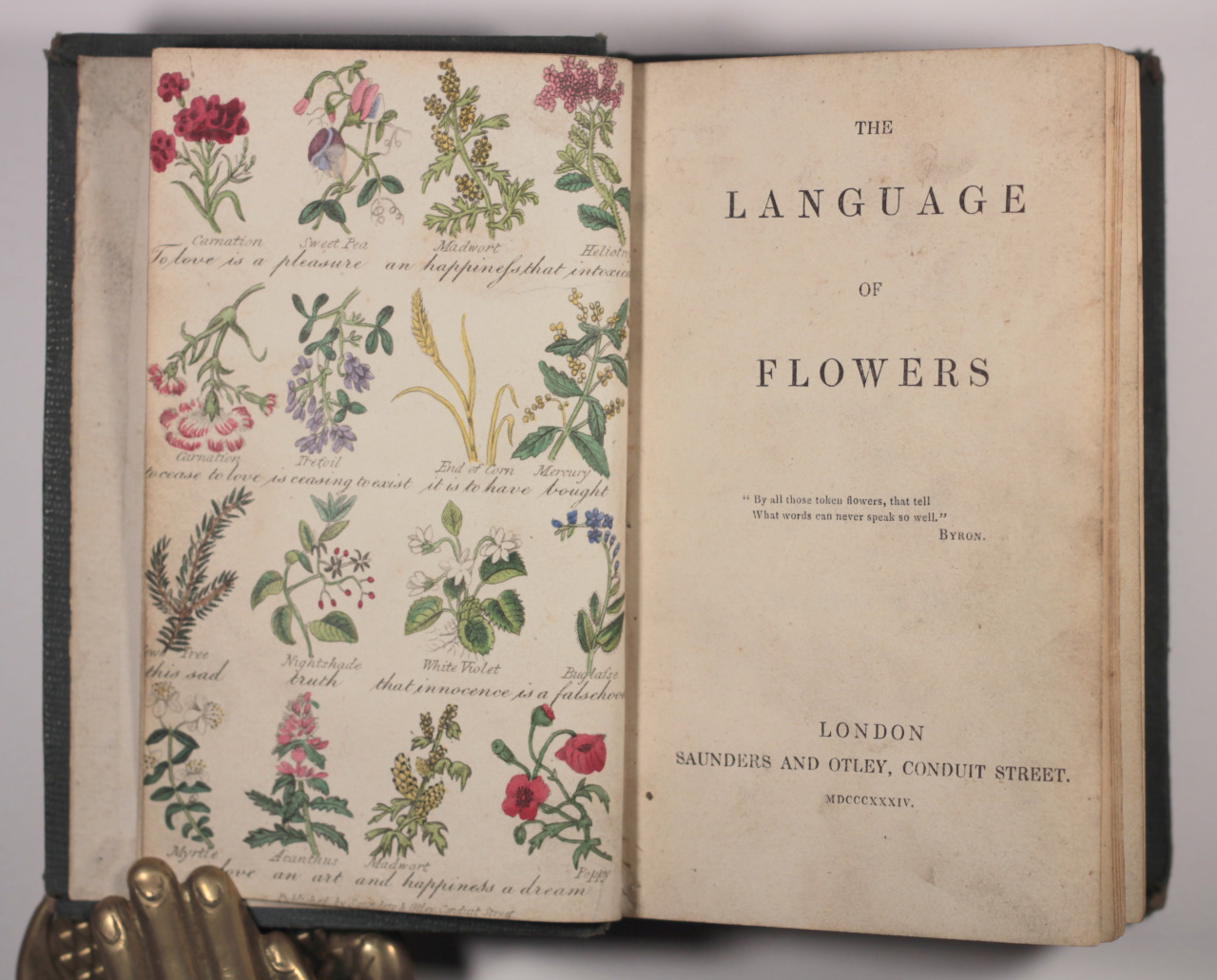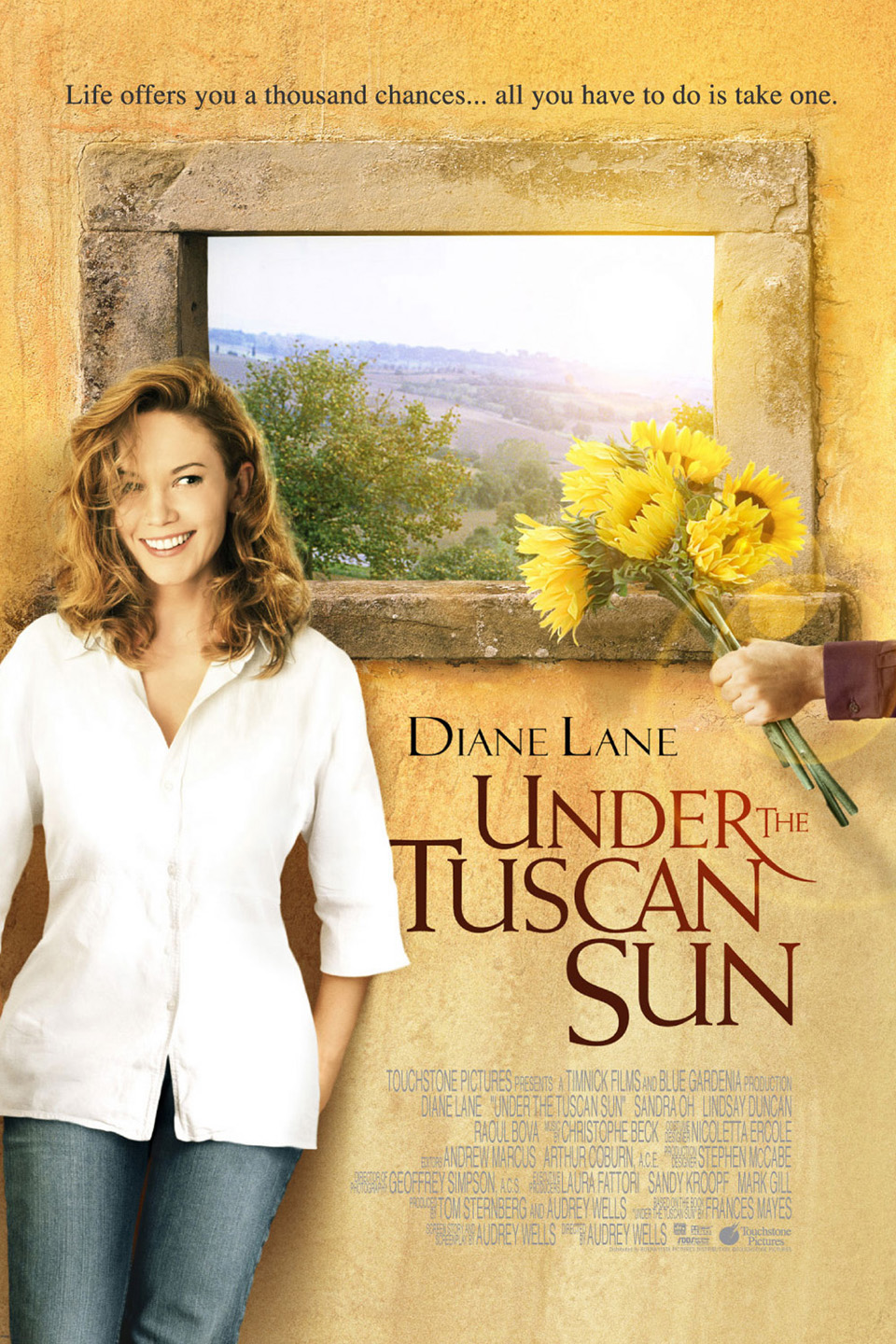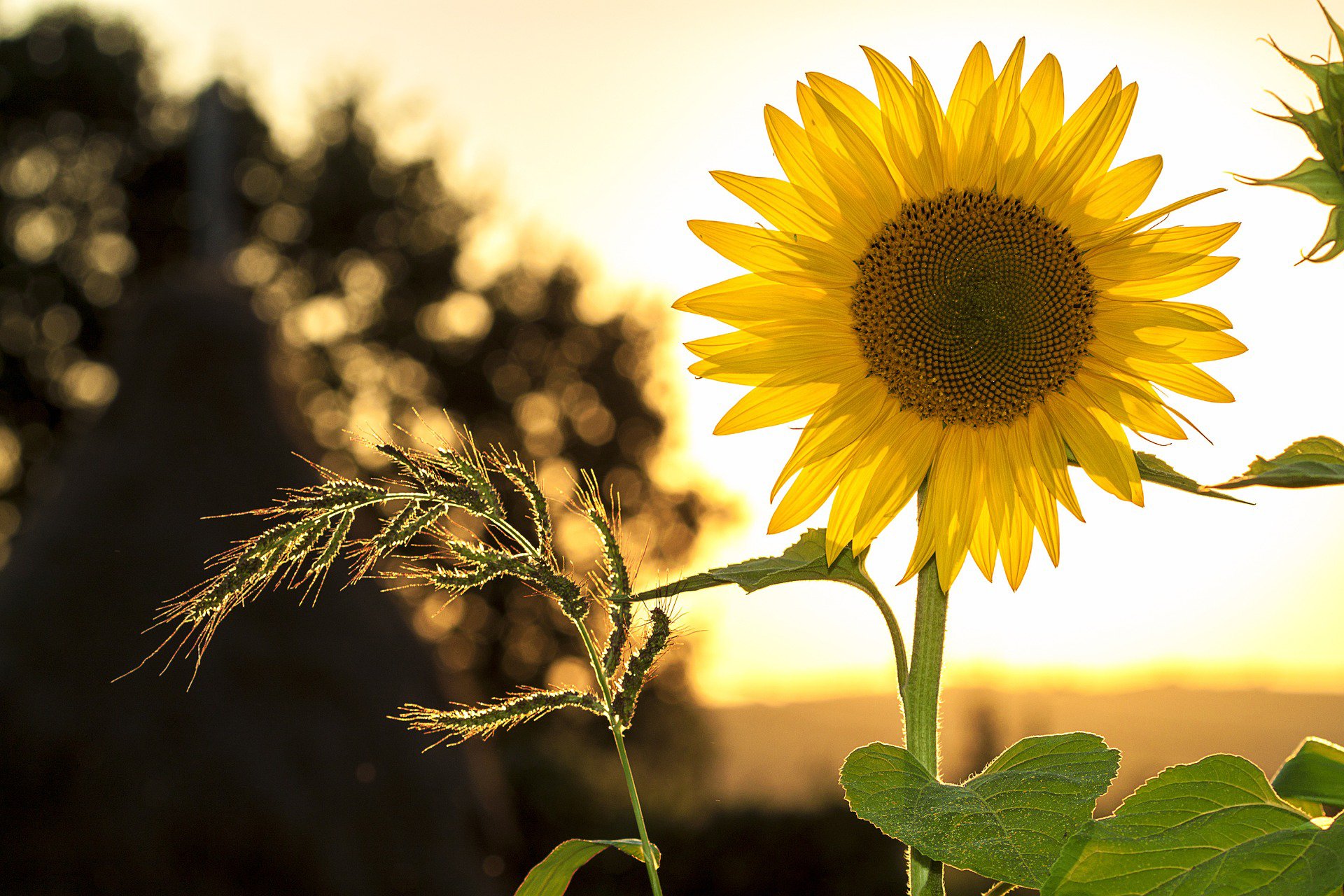
A stunning sunflower & image taken in my favorite place in the world.
Just a bit of poetry today, to inspire–from William Blake, the original Romantic.
Where the travellers journey is done.
–William Blake
The myth of Clytie, an Oceanid (water nymph & daughter of Titan Oceanus), & Helios the sun god helped to shape the symbol of this flower, not only in the literary imagination but western canon at large.
There’s something wistful in the turning of the plant to always face the sun, as Clytie turned into the sunflower to watch Helios from a distance. Thus, its image has come to represent many things, but the most literary of those is that of unrequited love & loss of innocence. You can see Blake understands this when he writes of the flower’s feeling “weary of time,” forever counting the “steps of the Sun & “Seeking after that sweet golden clime.” The “Youth” who “pined away with desire” now gets to go where the flower forever “wishes to go,” while the poor sunflower remains forced to keep a distance.
How ironic that a flower that in a more modern sense tends to represent happiness & good cheer has such a sad origin story…

William Blake’s illustrated poems, including “Ah! Sun-flower.”
One of my favorite books focuses on the Victorians’ historic penchant for giving specific types & colors of flowers to others as symbols. We see this most dramatically with the decadent writers of the late 1880s & 1890s, especially for an era that largely forbade open expression of desire. Many authors returned to the Classics & biblical stories to see how flower imagery had been employed.
Thus, literary histories of flowers can provide the modern reader a deeper context for understanding how their imagery might function in books as something hinted at yet left unsaid. One example that quickly springs to mind is that of decadent writer Oscar Wilde’s famous wearing of a green carnation, as a signal of the “love that dare not speak its name.”

An example of the kinds of 19th century tomes written about “the language of flowers.”
In more recent history, the most vivid sunflower moment that comes to my mind is in the film adaptation of Under the Tuscan Sun. There is a time-lapse scene of a sunflower field that shows the sunflower heads as they appear to move to always face the sun. On a tour, the main protagonist sees this field as embodying the stunning beauty of Tuscany, a stunning beauty which in part inspires the American writer to move to Italy.
If you’ve ever been to Tuscany, then you know that its beauty is of the rare kind that can transform lives. Yet, those sunflowers become the catalyst in this film.

An example of a Tuscan view, taken during my last trip to Italy.
The image of the sunflowers in the film even makes on the film’s poster. As you can see, below, there’s a cluster being handed to Diane Lane, with beautiful Tuscany behind her, as viewed through a window. Here, the sunflowers mean opportunity, what awaits the heroine should she flout convention. Like the myth might suggest to a Victorian reader, though, what actually awaits is unrequited love in the film.

Promotional poster for the film adaptation of the book.
What flowers do you associate with certain emotions or stories? How do their literary meanings affect your use of them?
These are the kinds of questions a introvert might ponder. But maybe that’s just me.

Lovely post. I just planted sunflowers yesterday, a variety called “Peach Passion.”
Thank you! You’ll have to post pictures! 😀 Many thanks for reading and commenting!